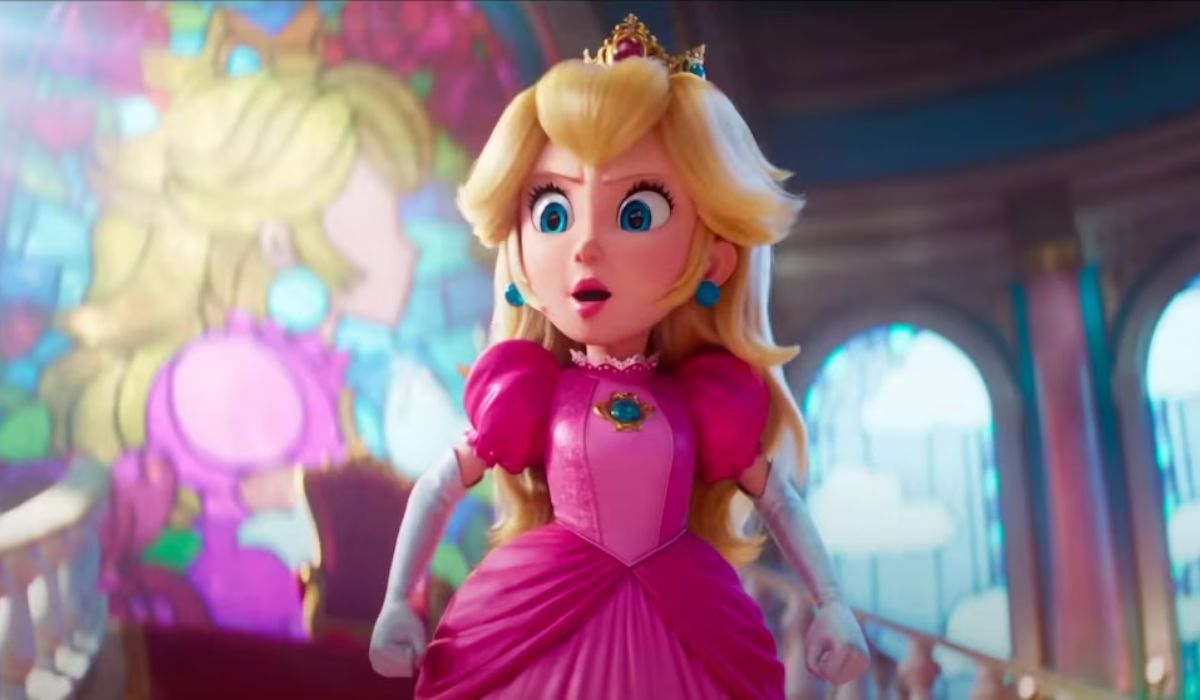For decades, Princess Peach has been a pivotal character in the Mario series as the reigning monarch of the Mushroom Kingdom. Symbolic of both the traditional damsel-in-distress cliche and a strong, self-reliant protagonist, her influence extends far beyond the realm of video games. Princess Peach is a complex character, and this page dives into her history, legacy, and cultural significance under a variety of topics.
Early Origins: The Birth of a Gaming Icon
In the 1985 version of Super Mario Bros., Princess Peach makes her debut under the name Princess Toadstool. She was the stereotypical damsel in distress, captured by the villain Bowser and in need of rescue by the protagonist Mario. She often played the role of helpless damsel in distress in the first games because that was a prominent storytelling motif at the time.
Evolution of Character: From Damsel to Heroine
Princess Peach became more than just a princess as the Mario series developed. She was able to overcome adversity with poise and courage, playing a more prominent role in some games. Peach’s powers and autonomy were highlighted in games where the user took direct control, such as Super Mario 3D World and Super Princess Peach.
Super Smash Bros. and Mario Kart in particular gave Peach an opportunity to show off her many talents and confirmed that she is more than just a one-trick pony.
Cultural Impact and Representation
The popular culture significance of Princess Peach is high. Her mix of softness and toughness in the gaming business has struck a chord with fans of all ages. In addition to her iconic pink gown and regal bearing, Princess Peach’s slogan, “Thank you, Mario, but our princess is in another castle,” has entered the lexicon of the general public.
Princess Peach’s presence in video games has also served to inspire women to get into the industry. She defies the one-dimensional ideal of a princess by representing a complex female protagonist. She is more than just a damsel in distress because of her wit, leadership, and bravery.
Challenges and Criticisms
Princess Peach has been criticized for continuing stereotypes despite her development. They say it perpetuates harmful gender stereotypes when she is the one who needs saving. Some reviewers have pointed out that her character is one-dimensional and that she gets lost in the shuffle compared to Mario’s other supporting cast members.
Legacy and Future Prospects
Princess Peach is still one of the most recognizable and popular video game characters because to her role in the Mario series. Beyond video games, her influence can be seen in goods, TV shows, and movies. There is room for her character to grow in depth, agency, and empowerment as video game narratives adapt to the changing industry.
Challenges and Criticisms
Princess Peach has been criticized for continuing stereotypes despite her development. They say it perpetuates harmful gender stereotypes when she is the one who needs saving. Some reviewers have pointed out that her character is one-dimensional and that she gets lost in the shuffle compared to Mario’s other supporting cast members.
Legacy and Future Prospects
Princess Peach is still one of the most recognizable and popular video game characters because to her role in the Mario series. Beyond video games, her influence can be seen in goods, TV shows, and movies. There is room for her character to grow in depth, agency, and empowerment as video game narratives adapt to the changing industry.
Conclusion
The growth of Princess Peach across the Mario games is an example of how video game narratives and characters have progressed over time. Changing cultural attitudes and the never-ending pursuit of diversity and representation in media are reflected in her evolution from the stereotypical damsel-in-distress to a more strong-willed and self-reliant protagonist.
Princess Peach has remained an iconic figure throughout gaming history, motivating youth and shattering preconceived notions in the process. One can only hope that, as the game industry develops, her persona will be given more attention and exposition, lending her even more depth and relevance among gaming idols. Her impact goes far beyond the realm of video games and permeates many areas of pop culture, cementing her status as a legend and an icon in the gaming community.
Also Read: Mastering the Art of Capturing Pokemon Infinite Fusion Larvesta: A Comprehensive Guide.
Frequently Ask Questions (FAQs)
Who is Princess Peach?
Formerly known as Princess Toadstool, Princess Peach is a mainstay of the Mario franchise. She is typically portrayed as the helpless damsel who must be rescued from the series’ main villain, Bowser. She wears a pink outfit and has blonde hair, marking her as the monarch of the Mushroom Kingdom.
What are Princess Peach’s abilities?
Princess Peach may have started out as the stereotypical helpless princess, but she’s shown several talents over the course of the series. Super Mario Bros. 2 and Super Princess Peach both have her using abilities like levitation and the manipulation of her surroundings with her emotions.
Is PrincessPeach a strong character?
Princess Peach has matured from a one-dimensional damsel in distress to a multifaceted heroine over the course of the series. She has shown perseverance and fortitude despite her frequent need for rescue by being portrayed as smart, courageous, and possessing leadership characteristics.
Has Princes Peach ever been a playable character in games?
A number of Mario games have indeed included Princess Peach as a playable character. Super Mario 3D World, Super Smash Bros., Mario Kart, and Super PrincessPeach all feature her as playable characters, allowing players to take control of her and learn about her special skills and talents.
What impact has PrincessPeach had on popular culture?
Princess Peach has become a cultural icon thanks to her prominence in video games. In addition to her iconic pink attire and catchphrase “Thank you, Mario, but our princess is in another castle,” Peach has become an instantly recognizable face to gamers everywhere for her involvement in the Mario series.











